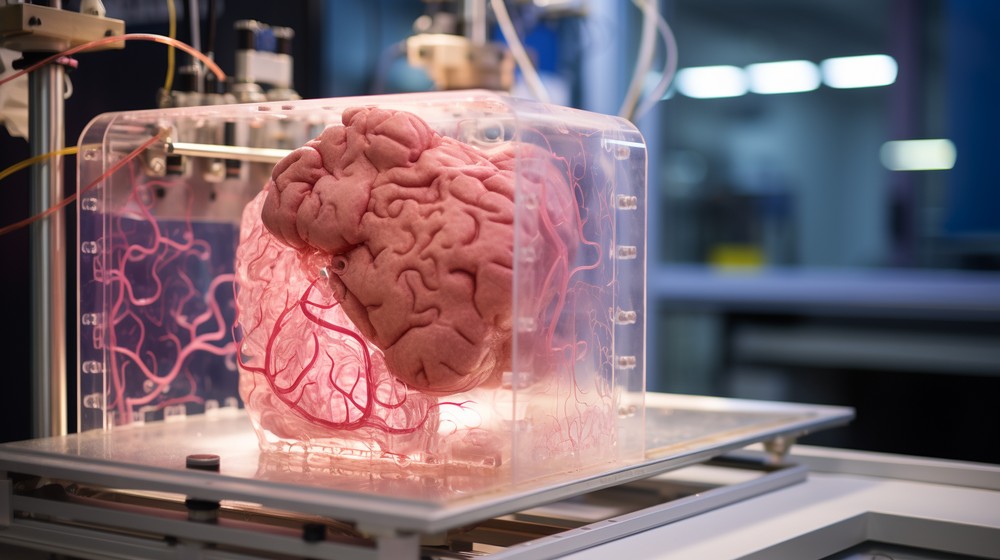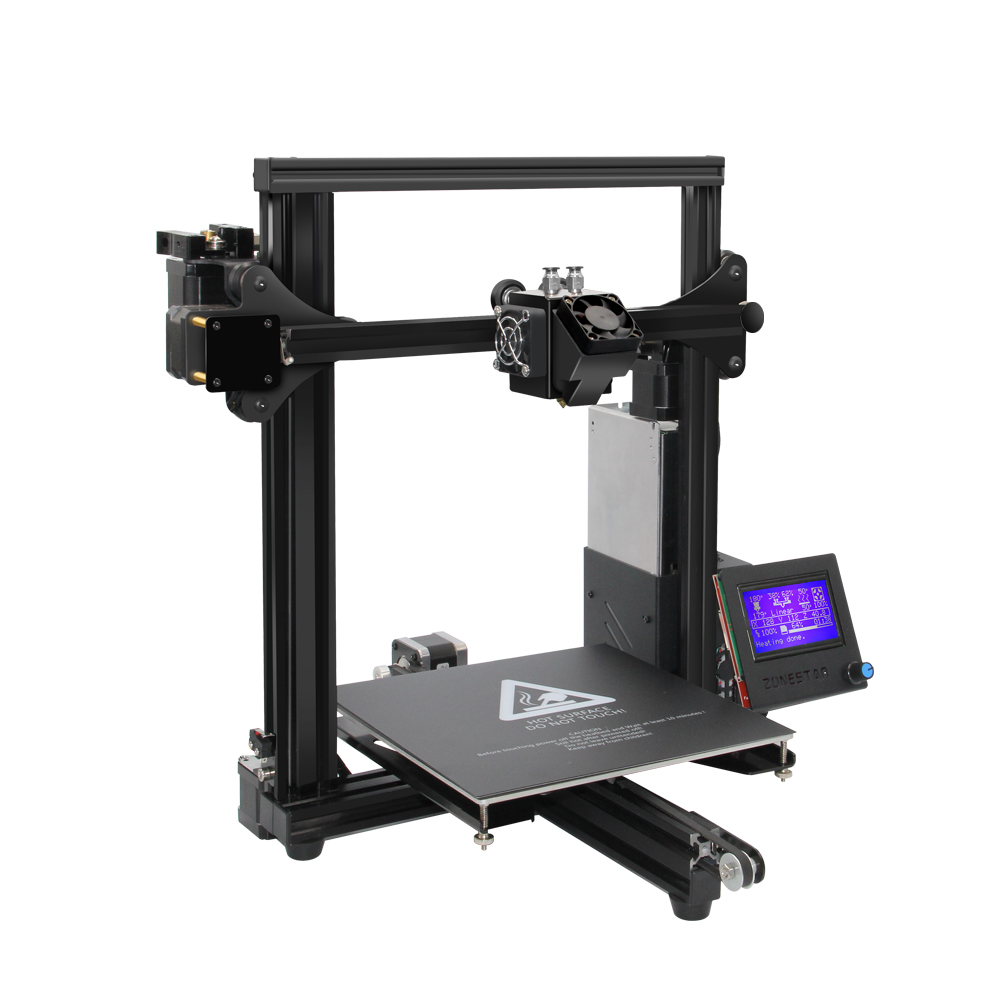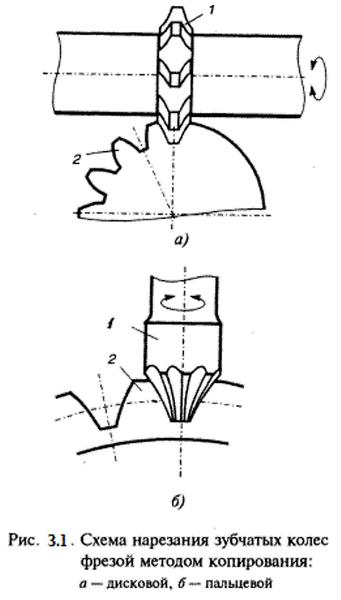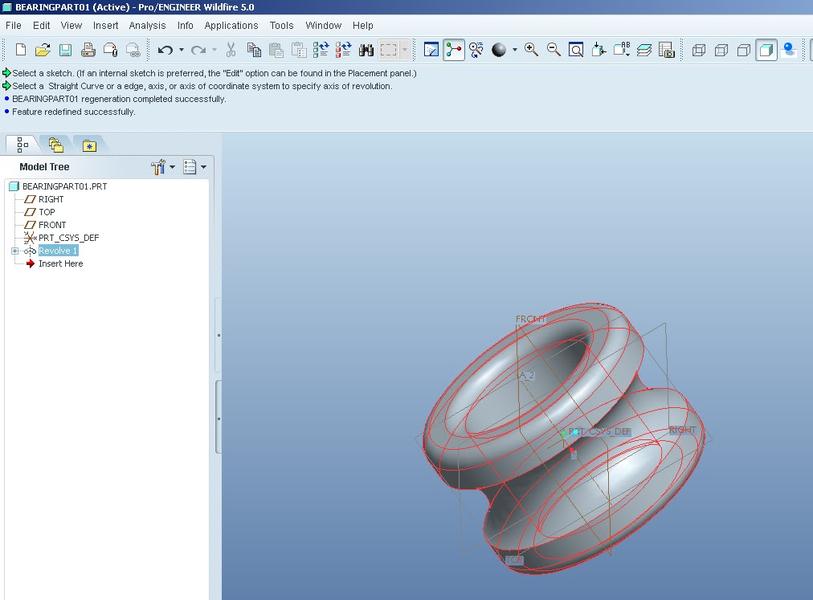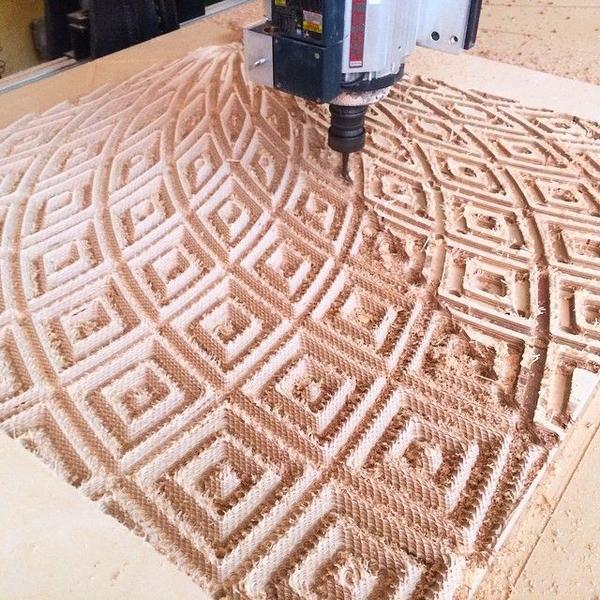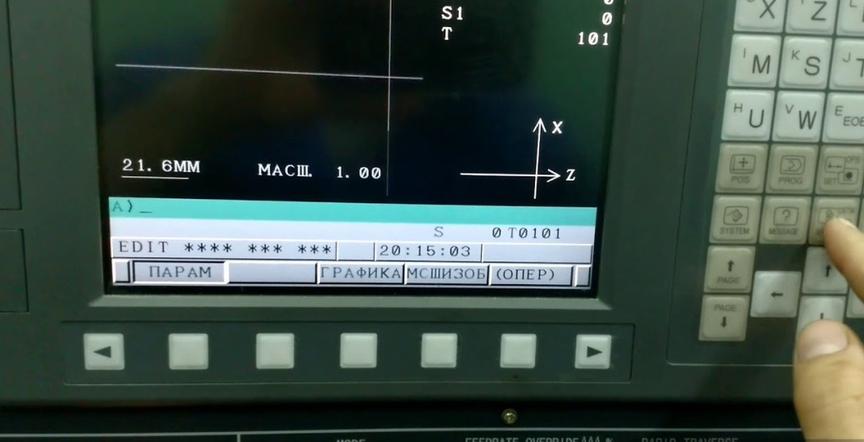Printing organs on a 3D printer
The sphere of 3D printing has transcended the mundane and ventured into the realm of the miraculous - organ printing. The idea of printing organs on a 3D printer has transcended the boundaries of science fiction and become a rapidly evolving reality. This article is dedicated to this revolutionary technology and explores its mechanisms, applications, advantages, problems, and enormous potential for revolutionizing healthcare.
Contents:
- Organ Printing on a 3D Printer
- Applications: Breathing Life into Designs
- Advantages: Leap to Longevity
- Problems and Ethical Aspects
- Conclusion
Organ Printing on a 3D Printer
The realm of 3D printing is transforming various industries by offering a new way of layer-by-layer creation of objects based on digital models. However, one of the most astonishing applications of this technology is in medicine, particularly, organ printing. Organ printing on a 3D printer is an attempt to enter an area where technology meets biology to create life-saving solutions. In this section, we will explore the basic technologies underlying 3D organ printing, understand the process from digital blueprints to biological structures, and examine the materials that make this revolutionary application possible.
The Science behind 3D Printed Organs
3D printing, also known as additive manufacturing, allows the creation of objects layer by layer based on digital models. However, when it comes to organ printing, the process is exponentially complex, as it involves creating living, functional organs. The main technology used in organ printing is known as bioprinting. It involves the use of bioinks - materials that serve as the basis for growing living cells and forming functional tissue structures. The essence of this process lies in the precise layer-by-layer application of bioinks to create a three-dimensional structure resembling a natural organ.
The process starts with creating a digital model or blueprint of the organ, usually obtained through medical imaging methods such as MRI or CT scans. Based on this digital model, the 3D printer applies bio-inks according to an exact scheme, forming the organ's structure.
Bioprinters, a specialized variant of 3D printers, are equipped with nozzles or print heads that apply bioinks to a platform. Then the bioinks solidify, forming a stable structure and creating a conducive environment for the growth, multiplication, and maturation of cells into functional tissues. Over time, these cells continue to develop, forming a fully functional organ ready for transplantation.
Organ Printing Process
Digital Modeling: The process starts with obtaining an exact digital model of the organ to be printed. This model serves as a blueprint for the printer.
Preparation of Bioinks: Bioinks saturated with living cells are prepared. The choice of cells can vary from stem cells to differentiated cells depending on the organ being printed.
Printing Process: Based on the digital model, the bioprinter applies bioinks layer by layer, forming the organ's structure.
Maturation: Once the main structure is printed, the organ is placed in a bioreactor where it matures: cells continue to grow and form tissues.
Transplantation: After maturation, the organ is ready for transplantation.
Bio-Inks for Organ Printing
Bioinks play a key role in the organ printing process. They consist of a mixture of cells, growth factors, and scaffold material that supports cell growth. The choice of bioink material is crucial, as it should mimic the natural environment of the organ, promoting cell adhesion, proliferation, and differentiation.
Natural Polymers: Materials such as alginate, gelatin, and collagen are widely used due to their biocompatibility and ability to mimic the natural extracellular matrix.
Synthetic Polymers: Polyethylene glycol (PEG) and polylactic acid (PLA) are examples of synthetic materials that allow control of mechanical properties and degradation rate.
Hybrid Materials: It is also possible to use a combination of natural and synthetic materials to leverage the advantages of both.
The field of organ printing is still in its formative stage, but with each step, it is getting closer to addressing the most pressing healthcare issues. Through continuous research and technological progress, 3D organ printing could become a cornerstone of the future of regenerative medicine.
Applications: Breathing Life into Designs
The application of 3D printing technology in medicine, particularly organ printing, is the quintessence of how innovations can overcome traditional boundaries to solve real problems. Organ printing has become a beacon of hope in addressing the chronic shortage of organs for transplantation and has the potential to significantly impact the quality and duration of life. The following sections look at some specific areas of organ printing that shed light on how this technology is advancing in modern medicine.
Printing Cardiac Tissue
Heart diseases remain one of the leading causes of death worldwide. The demand for heart transplantation far exceeds the supply, necessitating the search for alternative solutions. This is where 3D printing of cardiac tissues comes to the rescue. By using precise digital models and specialized biological materials, scientists are working on creating viable cardiac tissues that can be used for transplantation.
The process involves creating a digital blueprint of the cardiac tissue, onto which layers of bioinks saturated with heart cells are applied using a bioprinter. Over time, these cells mature and transform into functional cardiac tissues. These printed tissues can be used for various purposes:
Transplantation: The ultimate goal is to print complete hearts for transplantation, reducing the dependence on donor organs.
Drug Testing: The printed cardiac tissues provide pharmaceutical companies with a platform to test the efficacy and safety of new drugs.
Disease Modeling: Researchers can study the development of heart diseases and explore potential treatment methods using 3D printed heart models.
3D-Printed Liver Tissues
Liver diseases are another widespread healthcare challenge, and the availability of donor liver for transplantation is severely limited. The emergence of 3D printing technology has opened new possibilities for liver tissue engineering. Now, scientists can print liver tissues that mimic the structure and functions of the natural liver.
The process of printing liver tissues involves the same stages as printing heart tissues but requires a different set of bio-ingredients and cellular materials. The printed liver tissues can be used for various purposes:
Transplantation: While printing a whole liver is a challenging task, printing small liver tissues for transplantation is a step towards solving liver disease problems.
Drug Testing and Toxicology: 3D-printed liver tissues provide a viable platform for testing drug efficacy and studying the liver's response to different substances.
Disease Modeling: It also aids in studying liver diseases and developing potential treatment methods.
3D Printing Skin Tissues
The skin is the largest organ of the human body, and its diseases, including burns and other skin pathologies, can be life-threatening. 3D printing of skin tissues is a promising solution for addressing various skin diseases. In the printing process, a digital model of skin tissue is created, onto which layers of bioinks saturated with skin cells are applied using a bioprinter.
The areas of application for 3D-printed skin tissues include:
Wound Healing: 3D-printed skin grafts can significantly improve the wound healing process for severe injuries and burns.
Cosmetic Testing: It provides a humane and effective alternative to cosmetic testing, eliminating the need for animal testing.
Disease Treatment: It helps in treating skin diseases by providing healthy, lab-grown skin tissues for transplantation.
The application areas of organ printing on a 3D printer are vast and significant. They represent a significant step forward in addressing organ transplantation issues, drug testing, and disease modeling. Through continuous research and technological progress, the horizons of achievable through organ printing continue to expand, giving new hope to countless individuals worldwide.
Advantages: Leap to Longevity
The emergence of organ printing technology is a beacon of hope in the medical field. It not only promises to address the chronic shortage of donor organs but also opens up possibilities for personalized medicine, significantly impacting the quality and duration of human life. The potential advantages of organ printing are diverse, making it one of the central areas of medical research and development. This section examines some of these advantages and sheds light on how 3D organ printing can redefine medical treatment.
Hope for the Hopeless
One of the most immediate and tangible benefits of organ printing is the potential to radically reduce or even eliminate waiting lists for organ transplantation. The grim reality is that every year, numerous patients die while waiting for a suitable donor organ. Organ printing technology offers a way out of this dire situation by allowing organs to be printed on demand.
Immediate Availability: Organ printing significantly reduces the waiting time for transplantation, as organs can be printed as needed.
Issues of Finding Suitable Donors: Often, finding a suitable donor is a significant obstacle. Organ printing eliminates this problem, as organs can be printed using the patient's own cells, mitigating the risks associated with donor incompatibility.
Reducing Dependency on Donors: By reducing dependence on donor organs, organ printing potentially can save countless lives.
Personalized Organs
Personalized medicine is the adaptation of treatments to an individual's medical needs, and organ printing is a step in that direction. The ability to create organs tailored to individual specifications, accounting for a person's unique medical conditions, is a revolutionary step.
Individual Organ Characteristics: Every individual is unique, as are their medical needs. Organ printing allows the manufacturing of organs to individual specifications, such as size, shape, and functional requirements.
Use of Patient's Own Cells: Organ printing can use a patient's own cells, reducing the risk of organ rejection often encountered in traditional transplantation.
Targeted Treatments: Diseases requiring specific treatments can be more effectively addressed with personalized organs. For example, printing a pancreas for a diabetic patient that will produce insulin at levels tailored to the patient's needs.
Duration and Quality of Life
The long-term advantage of organ printing could lead to a leap in increasing longevity and improving the quality of life.
Treating Chronic Diseases: Organ printing offers hope for treating chronic diseases and conditions that are currently incurable or manageable only through lifelong medication.
Age-Related Degeneration: As we age, our organs degrade. The ability to replace deteriorated organs with freshly printed ones could significantly prolong a healthy lifestyle.
Accelerated Recovery: The prospect of receiving organs ready for transplantation could expedite patients' recovery process and help them return to normal life sooner.
The horizons of organ printing are vast, and its potential benefits are profound. It's not just about meeting urgent medical needs, but also about opening the doors to a future where medical treatment is more efficient, personalized, and conducive to long-term health and well-being. The path of organ printing testifies to human ingenuity and the relentless pursuit of healthcare improvement.
Problems and Ethical Aspects
Like any revolutionary invention, the emergence of organ printing technology comes with a myriad of problems and ethical considerations. The journey from a technological breakthrough to routine medical practice is fraught with numerous practical and philosophical obstacles. The aim of this section is to shine a light on some of these problems and ethical issues associated with organ printing on a 3D printer.
Cost of Advanced Technologies
One of the primary problems facing organ printing technology is its cost. The financial aspects of developing, perfecting, and subsequently implementing this technology are significant. Here are some aspects of the financial problem:
High Development Costs: The research and development of organ printing technology require substantial investments. This includes the cost of bioprinters, materials, and the interdisciplinary expertise needed to combine biology and engineering.
Production Costs: Manufacturing bio-ingredients, maintaining a sterile environment, and operating complex bioprinters involve significant expenses. These costs can make printed organs exorbitantly expensive, at least in the initial stages.
Accessibility: The cost factor extends to the accessibility of this technology. High costs could make organ printing a privilege of the wealthy, exacerbating existing healthcare inequality.
Insurance Coverage: Another question to be resolved is whether insurance companies will cover the expenses of 3D-printed organs. This significantly impacts the accessibility and affordability of organ printing technology.
Ethical Implications: Playing God or Saving Lives?
Organ printing technology takes us into a realm that was once considered the domain of divine creation. This raises numerous ethical and moral discussions:
Creation of Life: The act of artificially creating organs may be viewed by some as going beyond human capabilities. This argument for "playing God" is likely to spark heated discussions in certain religious and ethical circles.
Use of Stem Cells: The use of stem cells, particularly embryonic stem cells, for organ printing is a contentious issue. It raises questions of the sanctity of life and the ethical implications of using embryonic material for research and medical purposes.
Modification of Organs: The possibility of modifying organs to enhance their functionality or add new functions opens up an ethical Pandora's box. Concerns arise about the creation of "designer organs" and the potential for the emergence of biological elitism.
Consent and Ownership Rights: Issues of consent, especially when using donor cells, and ownership rights of printed organs are yet to be fully studied and defined.
Animal Testing: Advancing organ printing technology may require extensive testing on animals, raising ethical concerns among many.
Long-Term Effects: The long-term consequences of living with 3D-printed organs are unknown. There is an ethical dilemma surrounding potential risks and uncharted territory of long-term health effects.
The dialogue on the ethical implications of organ printing is as critical as the technological advancements in this field. Striking a balance between the potential life-saving benefits and ethical considerations and the cost of the technology is a complex but necessary discourse. As we navigate this new frontier of medicine, a robust ethical foundation needs to be developed to ensure fair, responsible, and human-focused development and implementation of organ printing technology.
Conclusion
Organ printing on a 3D printer is an exciting realm of boundless possibilities. We stand at the doorstep of a revolution in medicine, and this technology promises to make humanity healthier and longer-lived.
```
